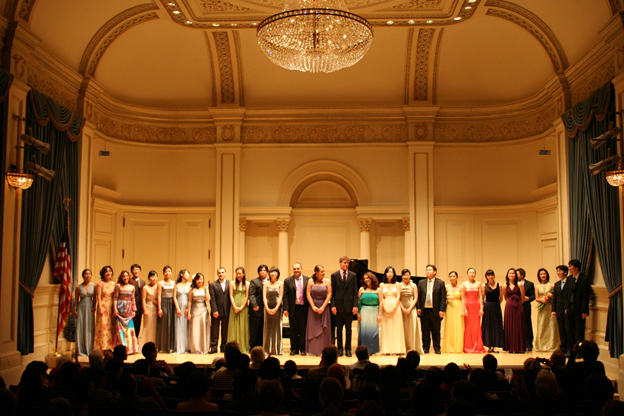The two exceptions to this “Mostly Transcriptions” CD are the “Venezia e Napoli” triptych from Liszt’s Second Book “Italie” of his work Annes de Pelerinage (Years of Pilgrimage), and Glen Cortese’s Elegy, composed in 2008. Along with the Bach-Busoni, both were handsomely played at Ms. Hsieh’s Weill Hall recital in May 2008 (which I had the pleasure of reviewing in Volume 15 No. 3 of this journal). When I heard the Cortese at its World Premiere, I expressed a desire to rehear the composition. On closer scrutiny, the Elegy is indeed attractive–in a style rather reminiscent of Copland’s vintage period (e.g. “Appalachian Spring”).
I was hoping that Ms. Hsieh would have likewise recorded the rarely encountered and atypically self-effacing Liszt piano transcription of Beethoven’s song cycle “An die Ferne Geliebte”, and perhaps she will on her next CD. But ‘faute de mieux’, I am very pleased that she has returned with her impressively exciting accounts of the Bach-Busoni and also the Bach-Liszt Fantasy and Fugue in G Minor, and the Schumann-Liszt “Widmung” (which was likewise an encore at the end of the 2008 Weill Hall concert). I still retain in my mind’s ear beautiful performances of Beethoven’s Op. 111 and Schumann’s “Humoresque” at that recital.
In commenting upon this recorded anthology, I can reiterate that Tien Hsieh is a formidable virtuoso and also a magnetic musical persona. Her bio says she was born in Taiwan and that she studied with her mother, Sylvia Hsieh (a renowned pedagogue in her own right), and with Dr. Marc Silverman at the Manhattan School of Music (her other mentors were Abbey Simon, Ruth Tomfohrde, Jane Allen and Carol Tafoya). In terms of color, texture and concentration on detail, she immediately makes you sit up and take notice! The opening measures of the Bach-Busoni Toccata, slashing and sparely pedaled, along with the arranger’s clever “Busonifications”, recreate the facsimile of the original organ, with its characteristic squeal and visceral intensity. (I might add that the state-of-the-art fidelity of the recording further enhances the physical allure of this thrusting and appropriate interpretation). (Note too, Ms. Hsieh’s precise articulation of the Fugue).
Her high-Romanticism approach works wondrously well in much of the chosen selections, although just two of the compositions of the “Mostly Transcriptions” roster may be a little ‘too much’: The Liszt version of “Der Muller und der Bach” seems a trifle fussy, with the melodic line overstretched, and Ms. Hsieh, in my opinion, allows the accompaniment roulades to be a distraction away from the gravitas, and at the expense of ongoing simplicity. (There is a remarkable recording on Vista Vera by the Soviet pianist Rosa Tamarkina, (1920-1950), who died tragically from cancer at the age of 30). Likewise, the Van Cliburn RCA recording of his signature piece, the Schumann-Liszt “Widmung”, also strikes this writer as more ongoing and less finicky than Ms. Hsieh’s.
Liszt’s “Venezia e Napoli” is, to be sure, an intriguing contrast to Jerome Lowenthal’s just released version, Bridge 9307A/C, of the complete “Annees de Pelerinage”, and Lowenthal’s tautly structural interpretation. Lowenthal, who studied with the late William Kapell, makes a wonderful contrast with Ms. Hsieh’s slower, more ruminative take on the pieces. Both extremes make cogent good sense as unquestionably ‘idiomatic’.
All of the remaining items are, in their various ways, miraculously and convincingly recreated. Note, too, that the total timing of 77:15 is uncommonly generous. The disc is warmly recommended.

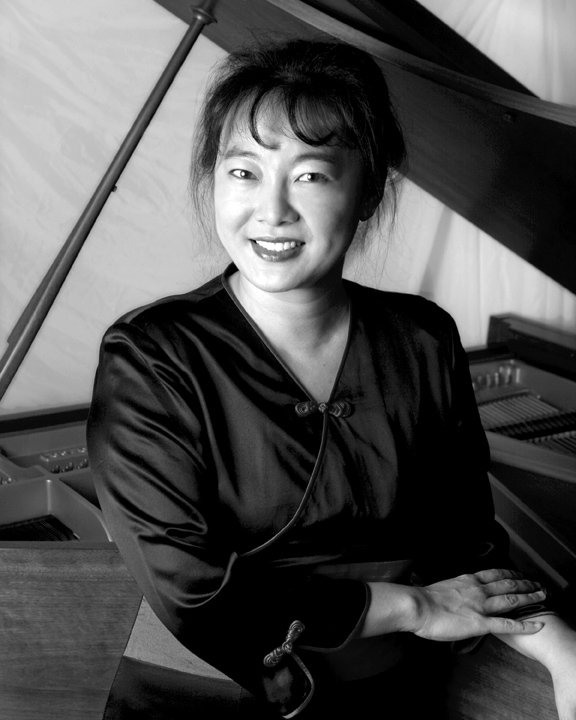

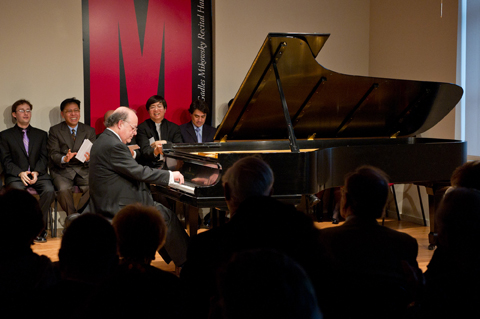
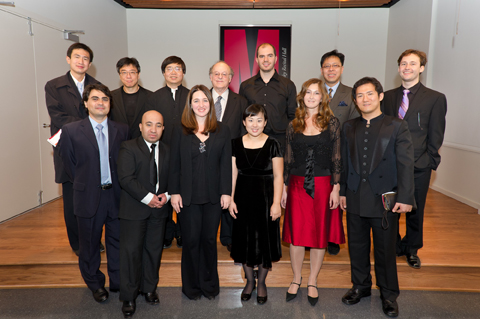
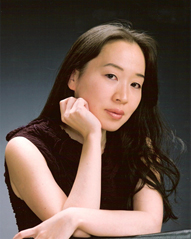
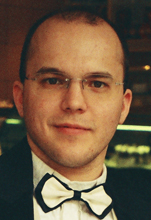 This unusual and, ultimately, compelling new recording of Bach’s transcendental Aria Mit Verschiedenen Verandergungen introduces us yet to another outstanding Hungarian pianist, Sebastyen NyirÖ, who was born in 1979. This may well be the broadest and longest performance of the Goldberg Variations ever. NyirÖ favors taking all the repeats (even those in the Aria da Capo which even the near-fanatical purist Claudio Arrau was even willing to forgo in his early 1940s RCA recording released posthumously on two CDs. Rosalyn Tureck, another famous (or notorious) advocate of repeats and slow tempos, likewise ran over onto two CDs in the Philips Great Pianists of the 20th Century reissue. Simone Dinnerstein, another champion of slow tempos, played all the repeats in her in-concert performance at Weill Recital Hall, but reluctantly condoned omitting a few of them in order to limit her commercial recording (a labor-of-love, later taken over by Telarc) to a single CD. Nyirö’s rendition runs to 85 minutes and fourteen seconds: CD no. 1, with the Aria and Variations 1 through 15 taking 40 minutes and 12 seconds; CD no. 2 beginning with the French Ouverture Variation 16 and ending with the Aria da capo runs 42 minutes; 14 seconds for the work’s conclusion.
This unusual and, ultimately, compelling new recording of Bach’s transcendental Aria Mit Verschiedenen Verandergungen introduces us yet to another outstanding Hungarian pianist, Sebastyen NyirÖ, who was born in 1979. This may well be the broadest and longest performance of the Goldberg Variations ever. NyirÖ favors taking all the repeats (even those in the Aria da Capo which even the near-fanatical purist Claudio Arrau was even willing to forgo in his early 1940s RCA recording released posthumously on two CDs. Rosalyn Tureck, another famous (or notorious) advocate of repeats and slow tempos, likewise ran over onto two CDs in the Philips Great Pianists of the 20th Century reissue. Simone Dinnerstein, another champion of slow tempos, played all the repeats in her in-concert performance at Weill Recital Hall, but reluctantly condoned omitting a few of them in order to limit her commercial recording (a labor-of-love, later taken over by Telarc) to a single CD. Nyirö’s rendition runs to 85 minutes and fourteen seconds: CD no. 1, with the Aria and Variations 1 through 15 taking 40 minutes and 12 seconds; CD no. 2 beginning with the French Ouverture Variation 16 and ending with the Aria da capo runs 42 minutes; 14 seconds for the work’s conclusion.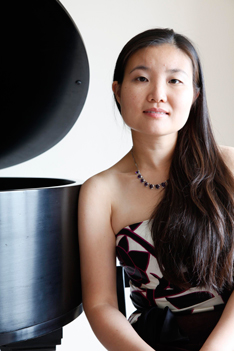 Mana Takuno’s excellent performance of an early, rarely heard 1901 work by George Enescu, his Suite No.2 in D Major, Op. 10, delighted me at a May 8, 2008 concert—(see review in Volume 15, No.3 of this journal) , and it made me want to hear more of her playing. I wrote that her exciting interpretation, with its “drive, virtuosity, textual and coloristic diversity”, stole the show from three other young pianists who shared the same concert with her. Ms. Takuno and her program of Poulenc, Thomas Oboe Lee, Beethoven and Schumann afforded me a more comprehensive “fix” on her achievement and pianistic capabilities.
Mana Takuno’s excellent performance of an early, rarely heard 1901 work by George Enescu, his Suite No.2 in D Major, Op. 10, delighted me at a May 8, 2008 concert—(see review in Volume 15, No.3 of this journal) , and it made me want to hear more of her playing. I wrote that her exciting interpretation, with its “drive, virtuosity, textual and coloristic diversity”, stole the show from three other young pianists who shared the same concert with her. Ms. Takuno and her program of Poulenc, Thomas Oboe Lee, Beethoven and Schumann afforded me a more comprehensive “fix” on her achievement and pianistic capabilities.